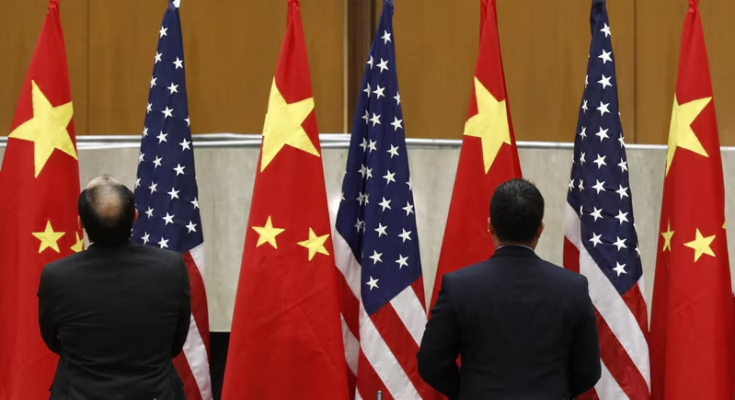As the clock ticks toward August 12, 2025, the fragile tariff truce between the United States and China is on the verge of expiring. Initially agreed in April to ease tensions and stabilize global supply chains, the deal is now hanging by a thread, with both sides blaming each other for the lack of progress on key trade issues.
Global investors, manufacturers, and policymakers are watching nervously, fearing a return to the punitive tariffs and retaliatory measures that rattled the global economy during the last U.S.–China trade war.
How We Got Here
The April truce was a temporary measure designed to:
-
Halt new tariff hikes on both sides
-
Reopen channels for trade talks
-
Give industries a breathing space to adjust supply chains
In return, China agreed to:
-
Increase imports of U.S. agricultural and energy products
-
Ease restrictions on American tech firms operating in China
The U.S. agreed to:
-
Delay further tariffs on Chinese manufactured goods
-
Reassess existing tariffs if progress was made
Fast-forward four months — negotiations have stalled, with disputes over intellectual property rights, market access, and subsidies for domestic industries.
What Happens If the Truce Expires?
For the United States:
-
Tariffs of up to 25% could be reinstated on over $200 billion worth of Chinese goods.
-
Potential price increases for electronics, machinery, and consumer goods.
For China:
-
Tariffs of 20–25% could hit $150 billion in U.S. imports, targeting agriculture, automobiles, and energy.
-
Further strain on an already slowing economy battling deflationary pressures.
For Global Markets:
-
Renewed uncertainty in global supply chains.
-
Higher costs for manufacturers across Asia, Europe, and the Americas.
-
Potential drop in investor confidence and stock market volatility.
The Political Backdrop
President Donald Trump has maintained his “reciprocal trade” stance, arguing that China still benefits unfairly from U.S. markets. Beijing, meanwhile, accuses Washington of political interference and unfair economic coercion.
With Trump facing political pressure ahead of the 2026 midterms, some analysts believe he may take a tougher stance to energize his base. On the other hand, Chinese President Xi Jinping is unlikely to make concessions that could be seen as weakening China’s sovereignty or economic independence.
Market Reactions So Far
-
U.S. Dollar: Slight weakening against major currencies, reflecting trade uncertainty.
-
Asian Stocks: Mixed performance; Chinese markets slightly down, while Japan’s Nikkei gained on tech optimism.
-
Commodities: Oil prices dipped slightly; agricultural futures remain volatile.
Investors are also keeping an eye on the Trump–Putin summit later this month, which could influence broader geopolitical stability.
What Experts Are Saying
“The world cannot afford another trade war between the world’s two largest economies,” says Dr. Mei Lin, senior economist at the Singapore Institute of International Studies. “It would set back global growth by years.”
“The expiration of the truce could hurt small and medium enterprises the most, as they lack the buffers to absorb sudden cost increases,” notes trade analyst Robert Kingsley.
Possible Scenarios Post-Deadline
-
Extension of the Truce
-
Both sides agree to more time for negotiations, avoiding immediate tariff hikes.
-
-
Partial Breakdown
-
Some tariffs return, but talks continue on less contentious areas.
-
-
Full Trade War 2.0
-
Comprehensive tariffs from both sides, major hit to global trade volumes.
-
What Businesses Should Do Now
-
Diversify suppliers to reduce dependency on U.S.–China trade flows.
-
Hedge currency exposure in anticipation of volatility.
-
Monitor government updates closely for sudden policy changes.
Conclusion
With the U.S.–China tariff truce deadline just hours away, the world is holding its breath. The outcome will shape not only bilateral trade but also the stability of global supply chains and economic growth for years to come.
Whether this is the brink of another trade war or the start of renewed cooperation depends on whether Washington and Beijing can find common ground — and fast.
FAQs
Q1: When does the US–China tariff truce expire?
August 12, 2025.
Q2: What industries will be most affected?
Technology, agriculture, manufacturing, and consumer goods.
Q3: Is another trade war inevitable?
Not necessarily — both sides could still extend the truce or strike a partial deal.
Q4: How will this affect consumers?
Potential price increases for electronics, home appliances, and imported food.


